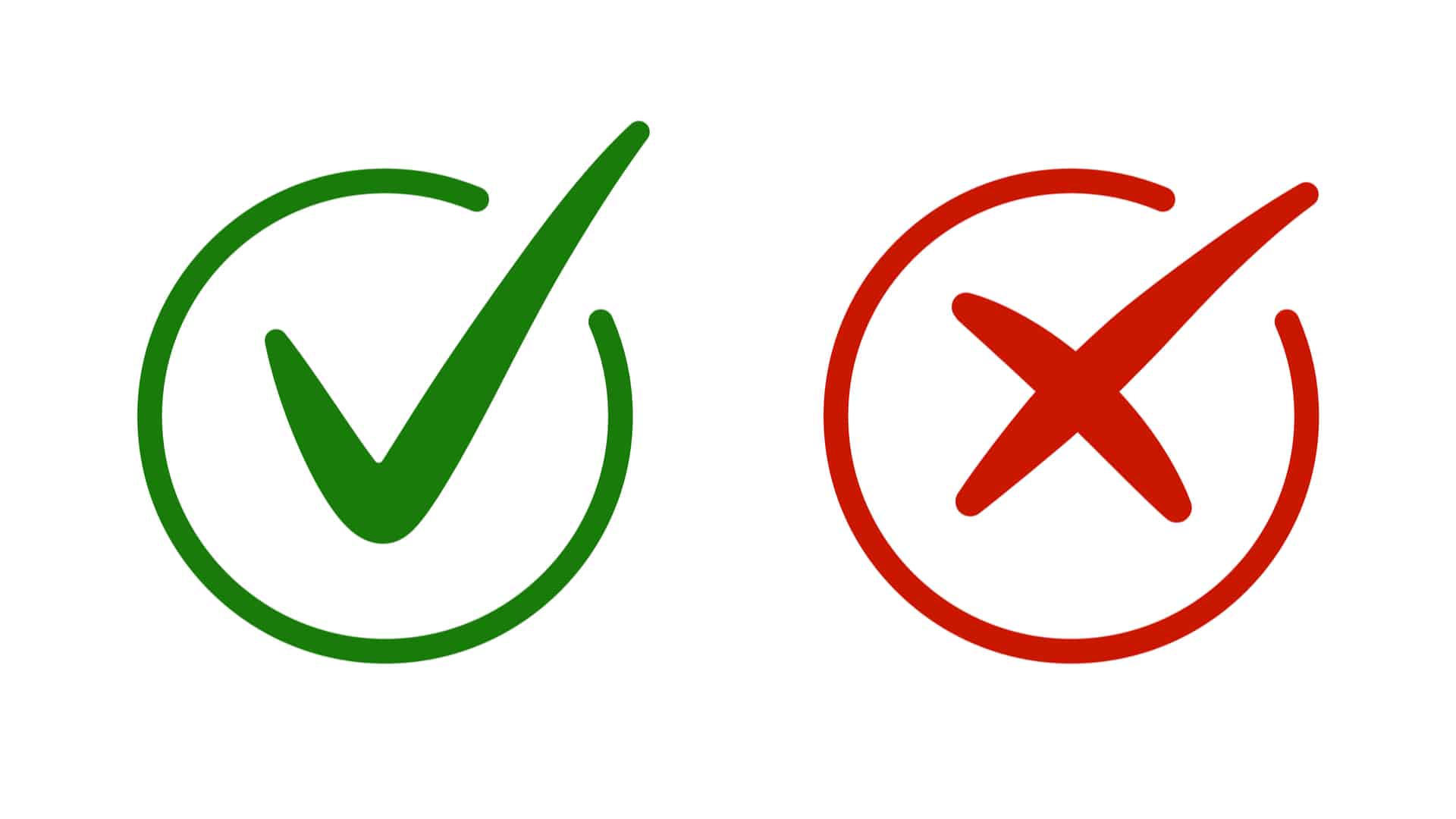Integral Ad Science, the ad verification and optimization platform, has unveiled a series of new features to provide advertisers with increased visibility into campaign performance.
A unified view. New Unified View reporting will allow clients to analyze data using custom filters built on their own campaign naming conventions, as well as by region, line of business and campaign type.
Get the daily newsletter digital marketers rely on.
Report Builder. Additionally, IAS augmented its Report Builder to now include insights into how long ads are in view, as well new open web video metrics. Clients will also be able to pull reports on video attention metrics such as average time-in-view, time-in-view distribution, pause and unpause, volume control and more.
Why we care. The proliferation of technologies and media channels requires new ways to verify campaigns and analyze their performance. It isn’t enough to know content ran somewhere. Marketers need to be able to assess impact in ways that are customizable for their needs.
Read next: Validity for Good uses email verification methods to deliver critical messages





















You must be logged in to post a comment Login